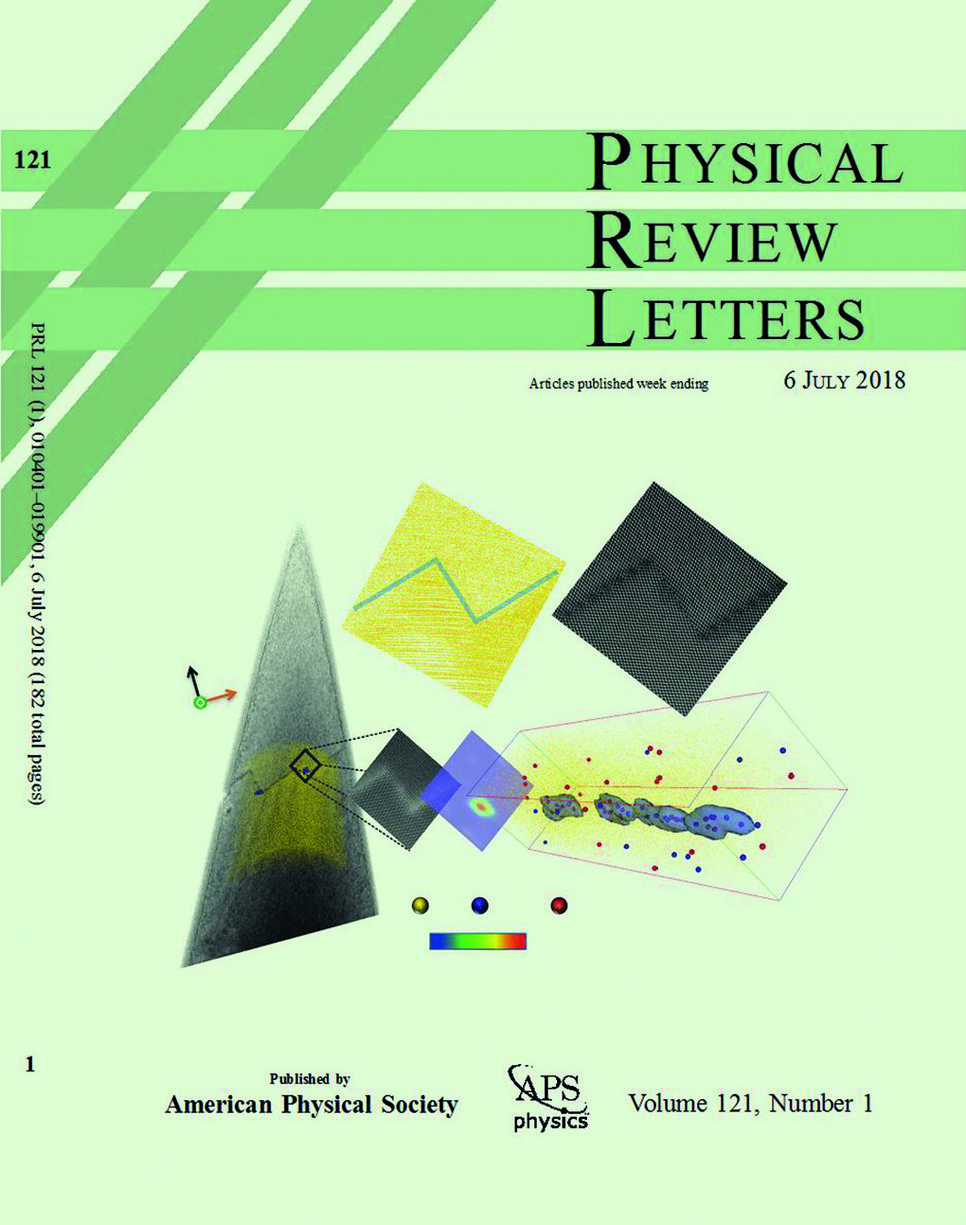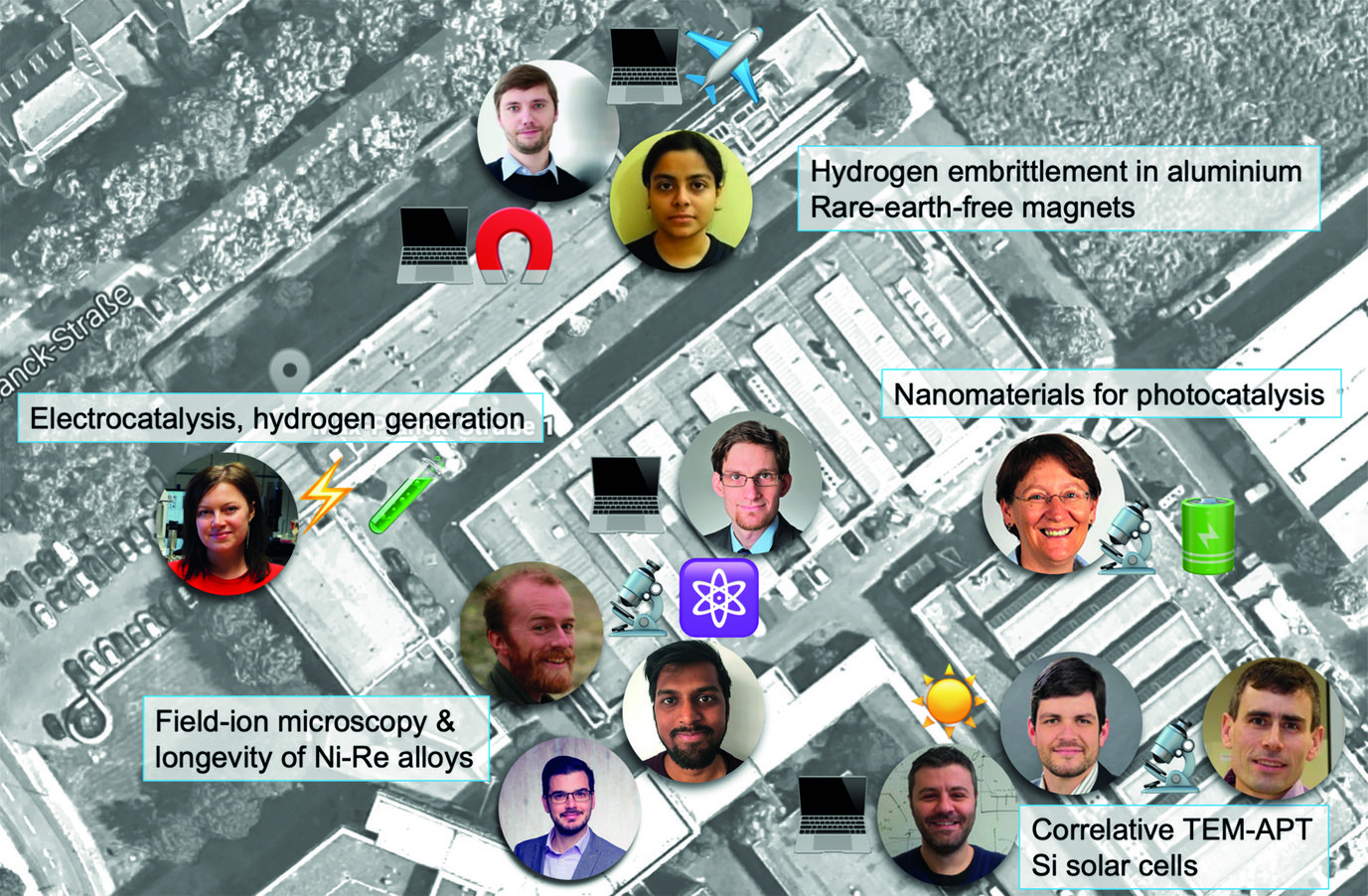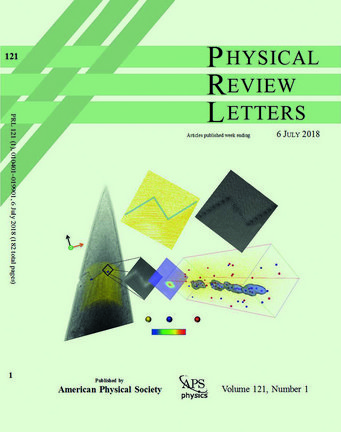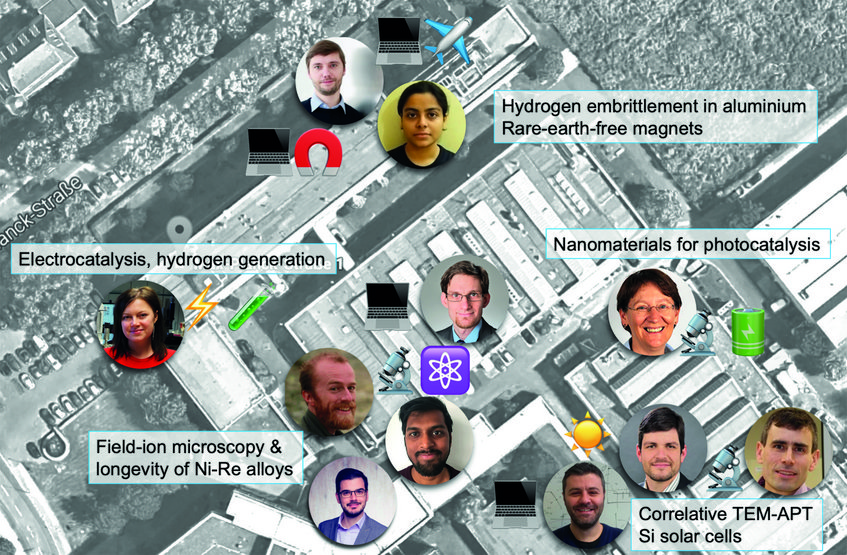Atomic Insights into Complex Materials – High-end Atom Probe Tomography and the Story behind it
Complementing APT with TEM and complementing TEM with APT

Since before I joined, one of the key areas that the MPIE had been pushing was complementing APT with transmission electron microscopy (TEM) and complementing TEM with APT, in part through the work of Dr. Michael Herbig. This, in part, motivated the Laplace Project, but also is at the core of my work with Prof. Christina Scheu’s and Dr. Christian Liebscher’s groups. Our collaboration led to having atom probe tomography and high-resolution transmission electron microscopy on the cover of Physical Review Letter – one of the most prestigious scientific journals (see Fig. 1). This work was focused on understanding the behaviour of minor impurities in silicon, which are known to affect the performance of solar cells. We combined information on the intimate structure of grain boundaries with their local composition from atom probe. With the aid of atomistic simulations performed by Dr. Liverios Lymperakis from the Computational Materials Design Department, we concluded on the critical role of strain on the segregation of impurities at specific locations along the grain boundary facets or their junctions [1].
With Christina, we keep working closely on a range of functional materials, often also in collaboration with Dr. Olga Kasian (formerly department “Interface Chemistry and Surface Engineering”, now at the Helmholtz Zentrum Berlin). We combine APT and TEM for compositional and structural analyses, and use that information to understand catalytic or electrocatalytic processes, with an aim to help design materials with better performance and enhanced longevity. Materials of interest here find application in the hydrogen economy, for water splitting for instance [2; 3], or nanomaterials, which are frontier applications of APT [4; 5].


